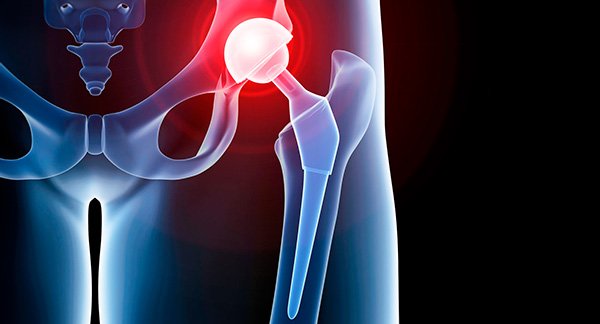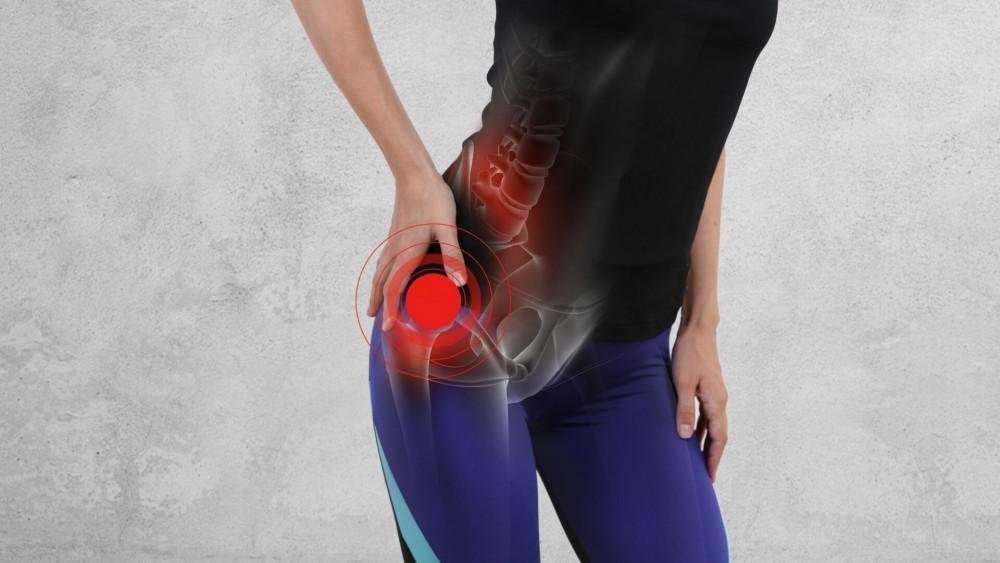
Hip Replacement Surgery
Hip Replacement Surgery or Total Hip Arthroplasty, is a procedure in which the damaged sections of the hip joint are removed and replaced with parts that are constructed with metal, ceramic and very hard plastic. This artificial joint is called prosthesis. The prosthesis improves function and helps reduce pain. Hip Replacement Surgery is done only when the pain interferes with daily activities and the more conservative treatment procedures haven’t helped or are no longer effective. Arthritis is the most common reason that requires this treatment procedure.
How long does it take to recover after a hip replacement?
On average, hip replacement recovery can take around two to four weeks, but everyone is different,” says Thakkar. It depends on a few factors, including how active you were before your surgery, your age, nutrition, pre-existing conditions, and other health and lifestyle factors.
Achieving a certain level of activity before you have the surgery can help you bounce back more quickly,” shares Thakkar. “We use a regimen called PR rehabilitation, or prehab, to help patients get in a physical shape that will set them up for a successful recovery.


Why is Hip Replacement Surgery needed?
Some conditions which lead to the damage of the Hip joints requiring replacement Surgery are:
Osteoarthritis:
Commonly known as wear-and-tear arthritis, osteoarthritis damages the cartilage that covers the ends of bones and helps joints move smoothly.
Rheumatoid Arthritis:
An overactive immune system may lead to rheumatoid arthritis that can cause inflammation. This can erode cartilage and sometimes the underlying bone, resulting in damaged and deformed joints
Osteonecrosis:
This happens when there is not enough blood supply to the hip joint ball, which may lead to its deformity or collapse
Why is Hip Replacement Surgery needed?
Some conditions which lead to the damage of the Hip joints requiring replacement Surgery are:
Osteoarthritis:
Commonly known as wear-and-tear arthritis, osteoarthritis damages the cartilage that covers the ends of bones and helps joints move smoothly.
Rheumatoid Arthritis:
An overactive immune system may lead to rheumatoid arthritis that can cause inflammation. This can erode cartilage and sometimes the underlying bone, resulting in damaged and deformed joints
Osteonecrosis:
This happens when there is not enough blood supply to the hip joint ball, which may lead to its deformity or collapse

